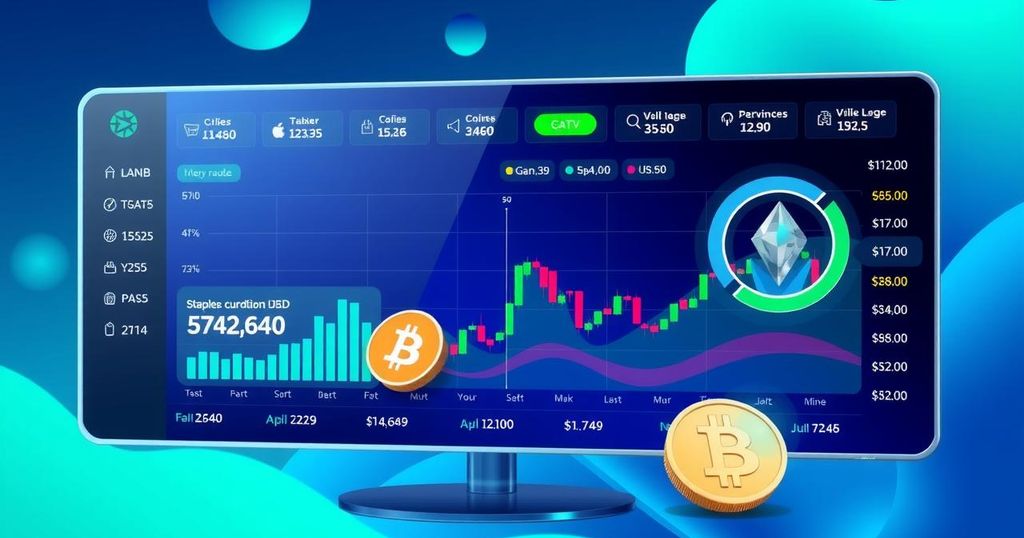Ethereum Developers Consider Splitting Pectra Upgrade for Efficiency
Ethereum developers are set to discuss the potential split of the Pectra upgrade into two forks during an upcoming meeting. This approach aims to manage complexity and accelerate rollout timelines, with the first fork expected in early 2025. Nevertheless, this decision could delay essential improvements in data availability for layer 2 solutions.
In a pivotal moment for Ethereum, developers are weighing the decision to bifurcate the eagerly awaited Pectra upgrade into two separate forks. Slated for discussion this Thursday during the All Core Developers Consensus layer call, this complex endeavor arises just six months after the blockchain’s latest major enhancements. By disentangling the features into distinct packages, developers hope to mitigate software bugs while streamlining the rollout process, with the first half potentially launching as early as February 2025.
Originally designed as the largest hard fork in Ethereum’s history, developer perspectives have shifted, urging a split due to the intricate nature of the proposed updates, which they fear may overwhelm the network if introduced simultaneously. Parithosh Jayanthi, an Ethereum Foundation DevOps Engineer, shared that this strategy aims to enhance efficiency. Notably, the first segment of Pectra would incorporate vital Ethereum Improvement Proposals (EIPs), including a transformative wallet upgrade conceptualized by co-founder Vitalik Buterin in a mere 22 minutes.
However, this subdivision isn’t without its drawbacks. Critically, the proposal delays the introduction of PeerDAS, an EIP designed to improve data availability on Ethereum, prompting concerns that layer 2 solutions could experience elevated costs temporarily. Nevertheless, Ansgar Dietrichs, an EF researcher, expresses optimism, highlighting the importance of shipping PeerDAS promptly to sustain layer 2 throughput amidst growing demands.
As discussions progress, Ethereum developers are leaning towards this bifurcation strategy, acknowledging the inherent risks of more extensive revisions. In a recent developer call, Alex Stokes articulated a collective sentiment: “Generally, smaller forks are less risky,” reinforcing the strategy of simplicity as they navigate through rapid innovation.
The Pectra upgrade represents a crossroads for Ethereum, promising a future that could redefine scalability and efficiency for its vibrant community of developers and users alike. As decisions unfold, a new chapter in Ethereum’s journey beckons on the horizon of technology, reshaping its potential forever.
Over the past few years, Ethereum has solidified its position as the leading smart-contract blockchain. Continuous upgrades, including significant hard forks, have been instrumental in enhancing its functionalities and performance. The upcoming Pectra upgrade symbolizes a crucial step in Ethereum’s evolution, aiming to introduce a slew of new features designed to improve the overall user experience. However, the complexity of such upgrades often invites scrutiny and necessitates thoughtful planning to mitigate potential risks.
Ethereum’s decision to possibly split the Pectra upgrade into two distinct forks illustrates a strategic move towards enhanced stability and efficiency. As developers deliberate this significant decision, they are guided by the principle that smaller, manageable changes can minimize risk and pave the way for future innovations. By methodically advancing these updates, Ethereum aims not only to alleviate immediate challenges but also to align its evolution with the growing demands of its user base.
Original Source: www.coindesk.com




Post Comment